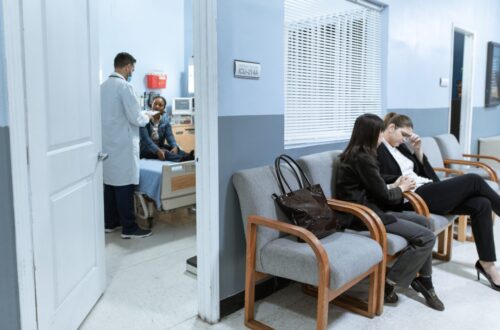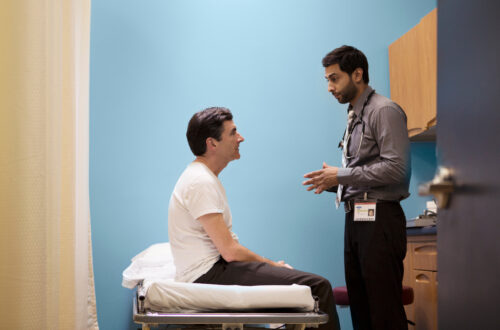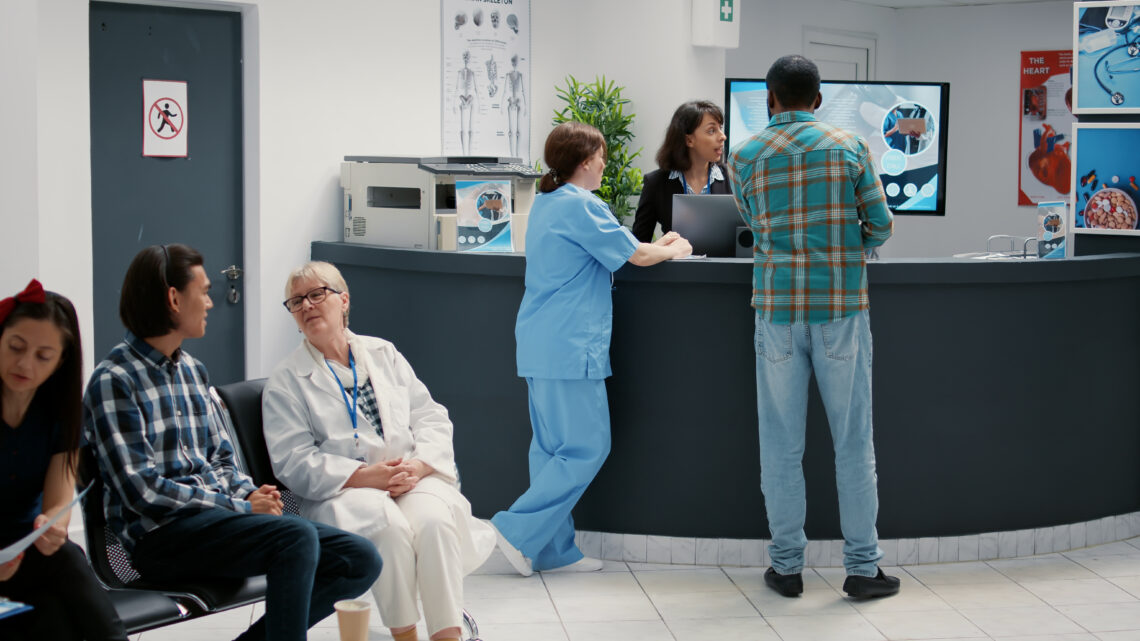
The Urgent Care Explosion – Is It In Our Best Interest?
My partner in crime Marijke sent me a recent NYTimes article regarding the increase in Urgent Care centers in New Your City. Shaina Feinberg talks about the glacial pace of primary care appointments, the long waits in emergency departments (EDs), and patients increasing the number of visits to physicians. With a population of 8,468 million people, New York City can afford to see a large increase in urgent care clinics. They already have 63 hospitals in the metropolitan area!

New York City was hit extremely hard during the pandemic. During that time period, urgent care clinics opened at a brisk pace. This has since continued. Now the clinics appear to be as prevalent as a Starbucks.
Interestingly, there are no federal guidelines as to who must staff an urgent care, express care, or emergency department for that matter.
The New York state department of health requires that licensed physicians be the medical directors, but nurse practitioners, physician assistants/associates, or certified nurse midwives can staff the clinic at least 50% of the time. Other requirements include that if the clinic sees more than 60 patients a day, the clinics must have two desk clerks. And all clinics must have an electronic medical record. The physician does not need to be present at the time of service.
Bring some extra oxygen tanks if you are headed to Mount Rushmore!
If you live in rural America, you already know about the challenges of finding care quite well. As of 2021, the state of South Dakota had a total of 49 hospitals. Thirty-eight had critical access hospital (CAH) designation. This Centers for Medicare and Medicaid designation aims to ease some of the regulatory burden, allowing CAHs to stay financially solvent (and therefore, OPEN).
Hospitals often serve as the primary employer in rural communities. Once that hospital closes, physicians, nurses and support staff leave in search of a new job. According to the Rural Health Information Hub, as of October 2023 there are 1,362 CAHs. A CAH is open 24 hours a day, and is 35 miles from another hospital or 15 miles from a hospital through secondary roads or mountainous terrain. (can we insert map with credit given?)
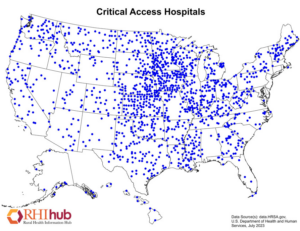
Express care, urgent care, quick care, STATCare, what does it all mean?
Primary care clinics, emergency departments, and urgent cares are all important parts of the healthcare system. However, they each have their own unique purpose and serve different needs. A BayCare health system in Florida used billboards to describe the difference between an urgent care and an emergency department. Importantly, there is no standard as to what your local urgent care can do. Also, in an effort to fill a local need and to increase revenue, providers may try to do more than they are trained to do in an effort to fill a need. You can take steps to mitigate (lessen) that riskby doing your research. Call ahead of time to see if the urgent care can manage your complaint. For example, can the staff sew closed a simple cut?
If a clinic has MD in the name, does that mean I will see a doctor?
Having “MD” in the clinic name does not mean there will be a doctor present. Some pediatric urgent cares are staffed by physician assistants/associates who have not completed a residency in pediatrics. (PAs and nurse practitioners don’t follow the same residency requirements as physicians.) And the medical director who signs off on the charts does not need to be a pediatrician/family practitioner or emergency medicine trained.
Primary care clinics
These are your first point of contact for routine medical care. They provide preventive care, such as check-ups and vaccinations. They can also provide treatments for minor illnesses and injuries such as splinter removal or a sore throat. Primary care clinic staff usually include family doctors, general practitioners, physician assistants/associates or nurse practitioners.
Emergency departments
EDs are for serious medical emergencies that require immediate attention, such as heart attacks, sepsis, or strokes. They are staffed by doctors, nurses, and other medical professionals who are trained to treat life-threatening conditions. Emergency departments should only be used for emergencies, as they can be very expensive and crowded. However, they are required to treat and stabilize every patient regardless of ability to pay.
Urgent cares
These clinics are for less serious medical problems that do not require immediate attention or extensive follow up appointments. Providers can treat a sore throat, sprained ankle or medication refill. They are staffed by doctors, nurses, and other medical professionals who are trained to treat a variety of illnesses and injuries. Urgent cares are usually open longer hours than primary care clinics. They can also be a more affordable option for non-emergency care. They will look at your insurance coverage to see if you are eligible for care at their clinic and they can decline to see a patient. Staff may not perform certain services such as closing a lip laceration. Call ahead to avoid a bill for urgent care evaluation and then emergency department treatment.
It is important to know the difference between types of healthcare facilities so that you can get the best possible care for your needs. If you are not sure which type of facility to go to, you can always call your insurance company or primary care doctor for advice.
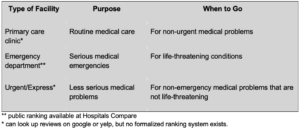
What is next?
Before you leave the clinic or emergency department, write down the name and title of your care provider, your diagnosis, what your next steps are and what to do if your symptoms worsen. Ask for a copy of your records. Keep your records in case your symptoms worsen. Do not assume that the hospital systems in your area communicate with the urgent cares in your area.
Preparation is the most important step to optimizing your health (and your wallet). If you have a chronic medical condition and you have travel plans, look up the **hospital ratings near your destination. Check their ratings by the Centers for Medicaid and Medicare (CMS) or Leapfrog. *And keep in mind there is currently no national ranking system or set of guidelines for clinics or urgent care clinics. You can check local reviews, but don’t forget that due to patient privacy laws, care providers are limited from refuting incorrect information. This could potentially reveal patient information. So, when you are traveling, remember to plan ahead and use your health care system wisely. Stay safe and healthy out there!
Disclaimer
The information in this blog is provided as an information and educational resource only. It is not to be used or relied upon for diagnostic or treatment purposes.
The blog does not represent or guarantee that its information is applicable to a specific patient’s care or treatment. The educational content in this blog is not to be interpreted as medical advice from any of the authors or contributors. It is not to be used as a substitute for treatment or advice from a practicing physician or other healthcare professional.


